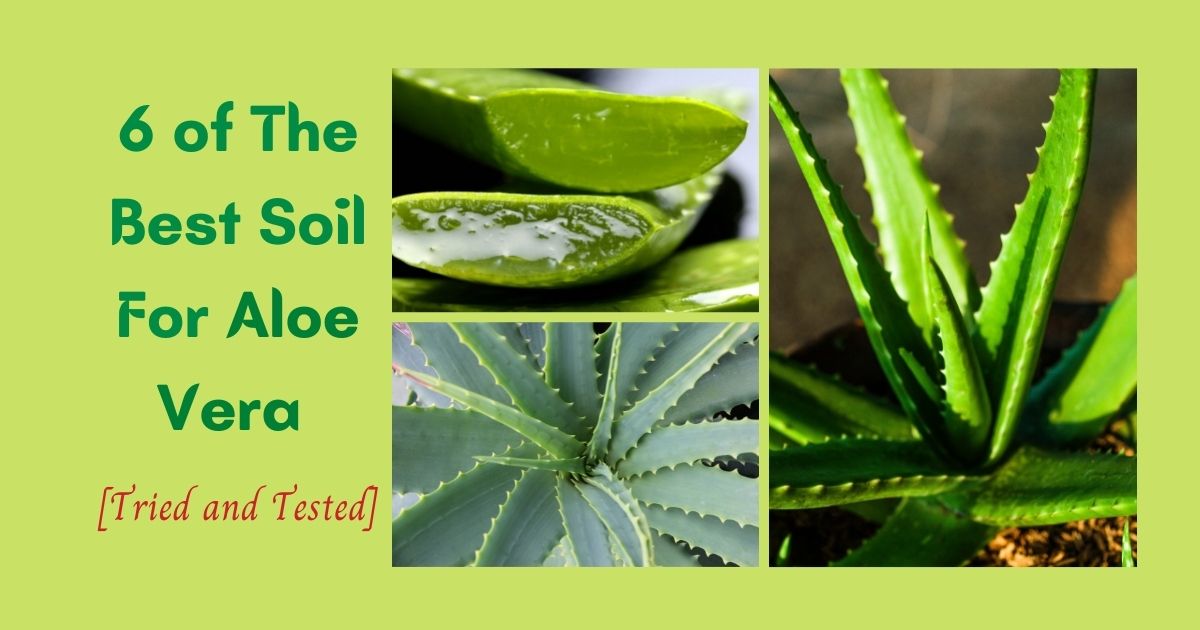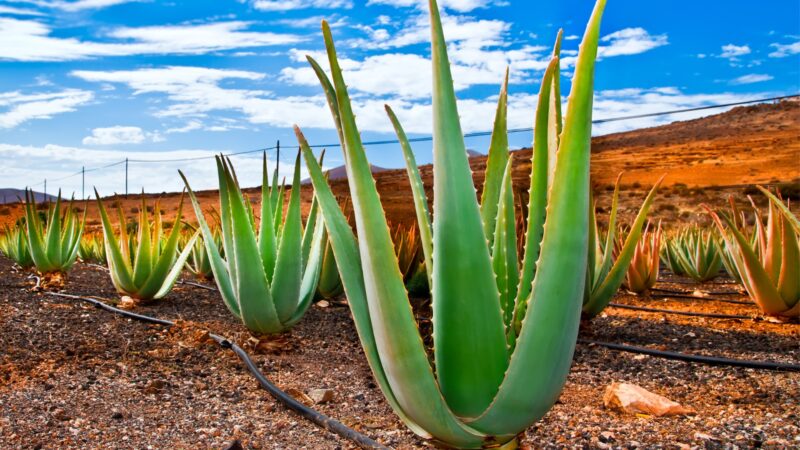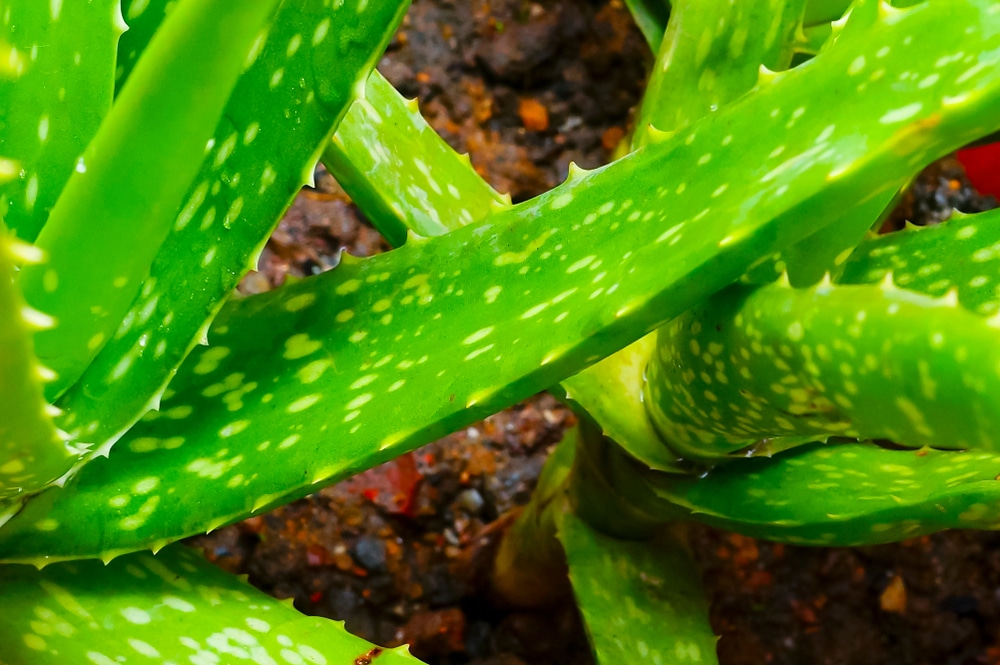Why Soil Matters for Aloe Plant Health
Aloe plants require a well-balanced soil mix to thrive, and selecting the best soil for aloe plants is crucial for their overall health. Soil quality plays a vital role in water retention, nutrient absorption, and aeration, all of which are essential for healthy root growth and development. A good soil mix should be able to retain sufficient water to meet the plant’s needs, yet drain excess water to prevent waterlogged soil. This delicate balance is critical, as aloe plants are prone to root rot if the soil is too wet. Furthermore, the soil should provide essential nutrients, such as nitrogen, phosphorus, and potassium, to support healthy growth and development. By choosing the right soil mix, aloe plant enthusiasts can create an ideal environment for their plants to flourish.
Understanding Aloe Plant Soil Requirements
Aloe plants have specific soil needs that must be met to ensure optimal growth and health. One of the most critical factors is pH level, which should range between 6.0 and 7.0. A slightly acidic to neutral soil pH allows aloe plants to absorb essential nutrients efficiently. Drainage is another crucial aspect, as aloe plants are prone to root rot if the soil is too wet. A well-draining soil mix prevents waterlogged soil, reducing the risk of root rot and other problems. Aeration is also vital, as it allows oxygen to reach the roots, promoting healthy growth and development. To determine the right soil mix for your aloe plant, consider factors such as the plant’s age, size, and climate. For example, younger aloe plants may require more moisture than mature plants, while plants in hot, dry climates may need a soil mix that retains more water. By understanding these specific soil requirements, aloe plant enthusiasts can create an ideal environment for their plants to thrive.
How to Choose the Best Soil for Your Aloe Plant
Selecting the ideal soil mix for aloe plants can be a daunting task, especially with the numerous options available on the market. However, by considering a few key factors, aloe plant enthusiasts can make an informed decision and provide their plants with the best soil for optimal growth and health. One of the primary considerations is whether to opt for an organic or inorganic soil mix. Organic soil mixes, made from natural ingredients such as peat moss and compost, tend to retain more water and provide a slower release of nutrients. Inorganic soil mixes, on the other hand, are often made from synthetic materials and may drain more quickly, but can be more prone to nutrient deficiencies. Another crucial factor is the inclusion of additives such as perlite, vermiculite, and sand. These ingredients help to improve drainage, aeration, and water retention, creating a well-balanced soil mix that meets the specific needs of aloe plants. When choosing the best soil for aloe plants, it’s essential to read labels carefully and look for mixes that are specifically designed for cacti and succulents. By doing so, aloe plant enthusiasts can ensure they’re providing their plants with the ideal environment for growth and development, and reap the rewards of healthy, thriving aloe plants.
Top-Rated Soil Mixes for Aloe Plants: Product Reviews
When it comes to selecting the best soil for aloe plants, there are numerous options available on the market. To help aloe plant enthusiasts make an informed decision, we’ve reviewed and compared some of the top-rated soil mixes specifically designed for aloe plants. Here’s a breakdown of their features, pros, and cons:
Miracle-Gro Cactus, Palm & Citrus Soil: This popular soil mix is designed for cacti and succulents, including aloe plants. It features a blend of perlite, vermiculite, and peat moss to improve drainage and aeration. Pros: well-draining, easy to find in stores. Cons: may contain added fertilizers that can be detrimental to aloe plants.
Black Kow All Purpose Potting Mix: This organic soil mix is made from natural ingredients, including compost and peat moss. It’s a good option for aloe plants, as it retains moisture but drains excess water. Pros: organic, eco-friendly. Cons: may be more expensive than other options.
Espoma Organic Cactus Mix: This soil mix is specifically designed for cacti and succulents, including aloe plants. It features a blend of perlite, vermiculite, and peat moss to improve drainage and aeration. Pros: organic, well-draining. Cons: may be difficult to find in stores.
When selecting the best soil for aloe plants, it’s essential to consider the specific needs of your plant. By choosing a soil mix that meets these needs, aloe plant enthusiasts can provide their plants with the ideal environment for growth and development. Remember, the best soil for aloe plants is one that drains excess water, retains moisture, and provides essential nutrients. By doing so, aloe plants can thrive and provide years of enjoyment.
The Role of Soil pH in Aloe Plant Care
Soil pH plays a crucial role in aloe plant care, as it directly affects the availability of essential nutrients for the plant. Aloe plants thrive in slightly acidic to neutral soil pH, ranging from 6.0 to 7.0. If the soil pH is too high or too low, it can lead to nutrient deficiencies, stunted growth, and even plant death.
Testing soil pH is a simple process that can be done at home using a soil pH testing kit. These kits usually include pH paper or a pH meter that provides an accurate reading of the soil pH. If the soil pH is found to be outside the ideal range, it can be adjusted using lime or peat moss. Lime raises the soil pH, while peat moss lowers it.
The consequences of incorrect soil pH levels can be severe. For example, if the soil pH is too high, it can lead to a deficiency of essential micronutrients like iron and zinc. On the other hand, if the soil pH is too low, it can cause an overabundance of certain nutrients, leading to toxicity. By maintaining the ideal soil pH, aloe plant enthusiasts can ensure their plants receive the necessary nutrients for optimal growth and health.
When selecting the best soil for aloe plants, it’s essential to consider the soil pH. Look for soil mixes that are specifically designed for cacti and succulents, as they tend to have a pH range suitable for aloe plants. Additionally, consider creating a custom soil mix using ingredients like perlite, vermiculite, and peat moss, which can help maintain the ideal soil pH. By doing so, aloe plant enthusiasts can provide their plants with the ideal environment for growth and development.
Creating Your Own Aloe Plant Soil Mix: A DIY Guide
Creating a custom soil mix for aloe plants can be a cost-effective and rewarding experience. By selecting the right ingredients and ratios, aloe plant enthusiasts can create the best soil for aloe plants that meets their specific needs. Here’s a step-by-step guide on creating a custom soil mix for aloe plants:
Ingredients:
- 2 parts potting soil
- 1 part perlite
- 1 part vermiculite
- 1 part sand
- 1 tablespoon of peat moss (optional)
Ratios:
The ideal ratio for aloe plant soil is 2:1:1:1, with potting soil making up the bulk of the mix. Perlite and vermiculite improve drainage and aeration, while sand provides additional drainage and prevents waterlogging. Peat moss can be added to lower the soil pH, if necessary.
Instructions:
1. Start by mixing the potting soil, perlite, and vermiculite in a large bowl.
2. Add the sand and mix well.
3. If using peat moss, add it to the mix and stir well.
4. Sift the mix to remove any lumps or debris.
5. Transfer the mix to a pot or container, and plant your aloe plant.
By creating a custom soil mix, aloe plant enthusiasts can ensure their plants receive the necessary nutrients and conditions for optimal growth and health. Remember to choose the best soil for aloe plants that meets their specific needs, and don’t hesitate to experiment with different ingredients and ratios to find the perfect mix.
Common Soil Mistakes to Avoid with Aloe Plants
When it comes to aloe plant care, soil plays a critical role in the plant’s health and well-being. However, many aloe plant enthusiasts make common soil-related mistakes that can harm their plants. By understanding these mistakes and taking preventative measures, aloe plant enthusiasts can ensure their plants thrive in the best soil for aloe plants.
Overwatering:
One of the most common mistakes is overwatering, which can lead to root rot and kill the plant. Aloe plants prefer well-draining soil and should be watered sparingly, allowing the soil to dry out completely between waterings.
Solution: Check the soil moisture by sticking your finger into the soil up to the first knuckle. If the soil feels dry, it’s time to water.
Underwatering:
On the other hand, underwatering can also be detrimental to aloe plants. Aloe plants need consistent moisture, especially during the growing season.
Solution: Water your aloe plant when the soil feels dry to the touch, and make sure to water thoroughly, allowing excess water to drain out of the pot.
Using the Wrong Soil Type:
Using a soil type that is not suitable for aloe plants can lead to poor drainage, waterlogging, and root rot.
Solution: Choose a well-draining potting mix specifically designed for cacti and succulents, such as a mix containing perlite, vermiculite, and sand.
Not Repotting:
Failing to repot an aloe plant can lead to nutrient deficiencies and stunted growth.
Solution: Repot your aloe plant every 2-3 years, using a fresh potting mix and a slightly larger pot.
By avoiding these common soil-related mistakes, aloe plant enthusiasts can create an optimal environment for their plants to thrive. Remember to choose the best soil for aloe plants, and take the necessary precautions to ensure your plant receives the right amount of water, nutrients, and care.
Optimizing Soil Conditions for Aloe Plant Growth
To create the best soil for aloe plants, it’s essential to optimize soil conditions for optimal growth and health. By following these expert tips, aloe plant enthusiasts can create an ideal environment for their plants to thrive.
Maintaining Soil Moisture:
Aloe plants prefer well-draining soil and should be watered sparingly. To maintain optimal soil moisture, check the soil daily, and water only when the top inch of soil feels dry to the touch.
Controlling Pests:
Pests like mealybugs, spider mites, and scale can harm aloe plants. To control pests, use organic pest control methods like neem oil or insecticidal soap, and isolate infested plants to prevent the spread of pests.
Fertilizing Effectively:
Aloe plants require minimal fertilization. Use a balanced, water-soluble fertilizer during the growing season (spring and summer), and avoid fertilizing during the dormant season (fall and winter).
Soil Aeration:
Good soil aeration is crucial for healthy root growth. To improve soil aeration, add perlite or vermiculite to the soil mix, and avoid compacting the soil by not overwatering.
Monitoring Soil pH:
Soil pH affects nutrient availability and uptake. Monitor soil pH regularly, and adjust it if necessary, to ensure optimal nutrient absorption.
By following these expert tips, aloe plant enthusiasts can create an optimal environment for their plants to thrive. Remember, the best soil for aloe plants is one that is well-draining, has good aeration, and is rich in nutrients. By optimizing soil conditions, aloe plants can grow strong, healthy, and vibrant.








